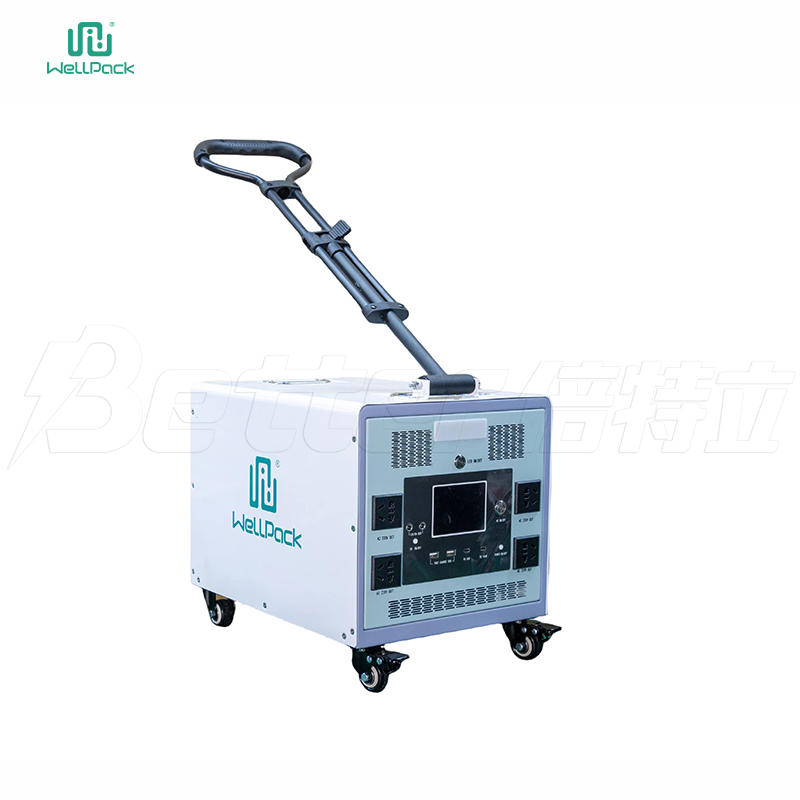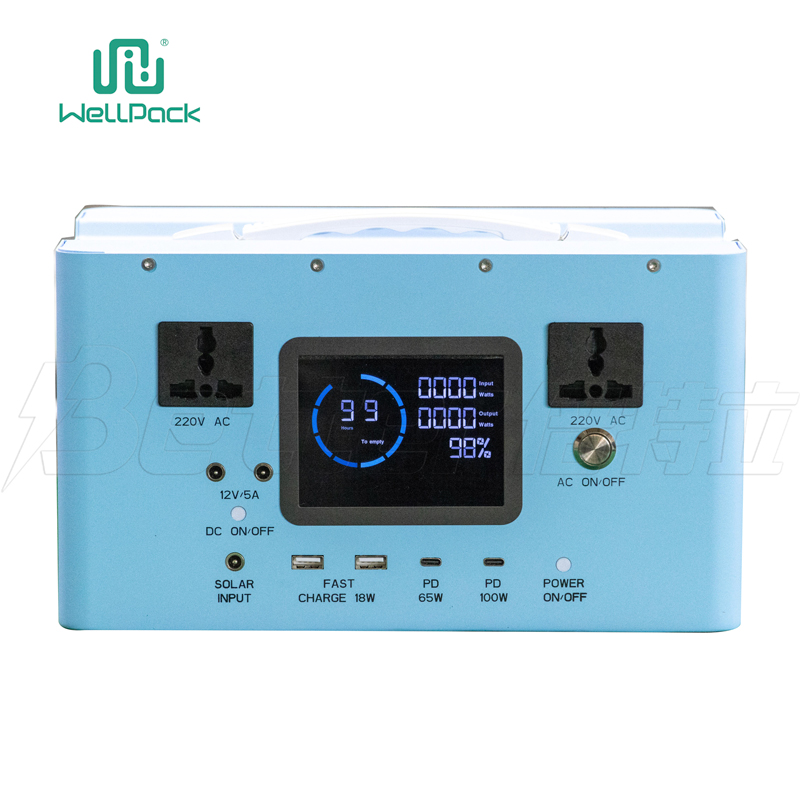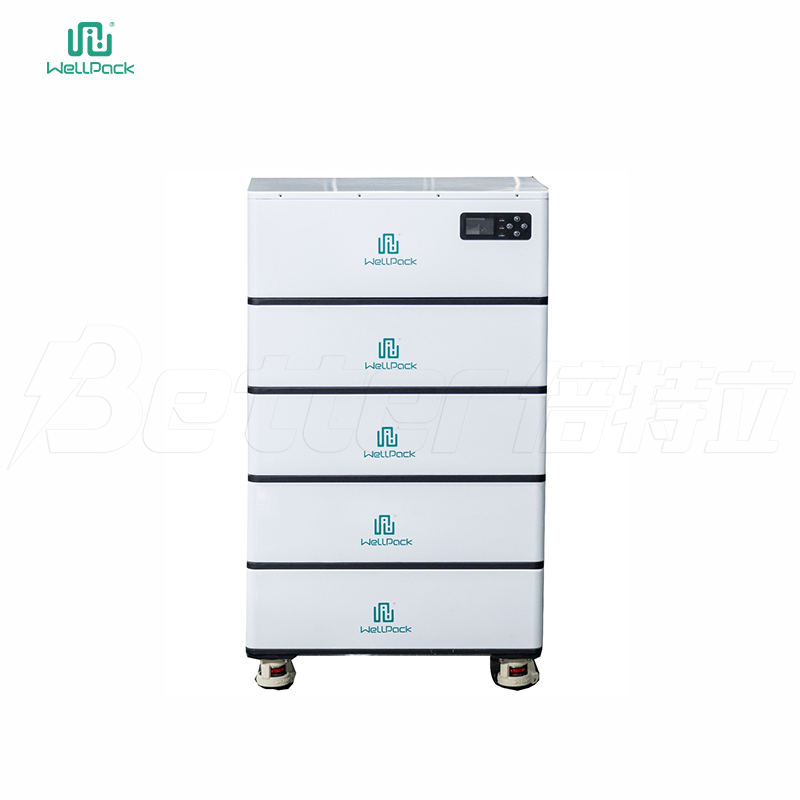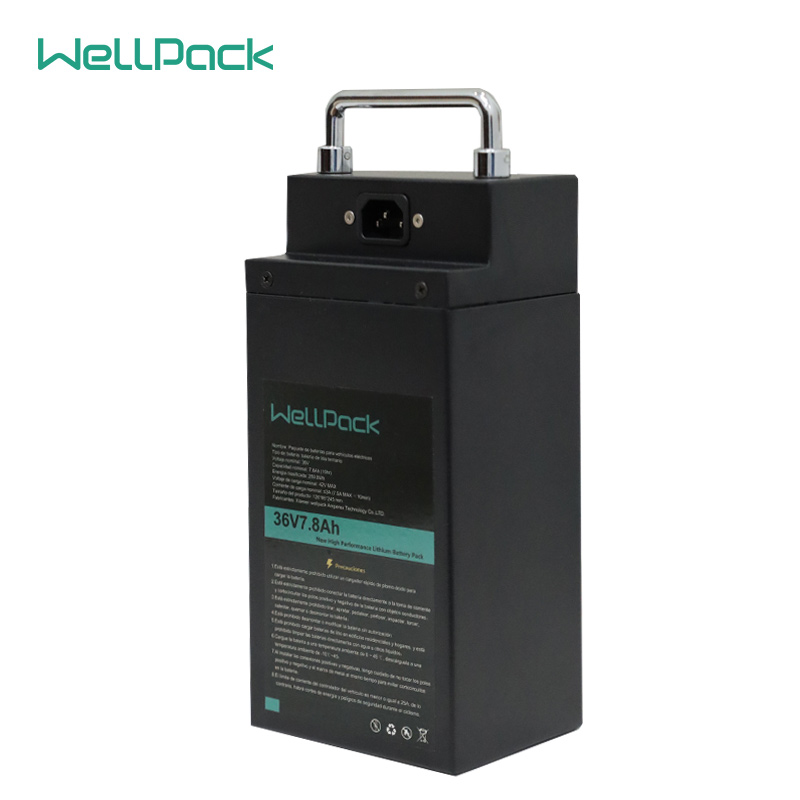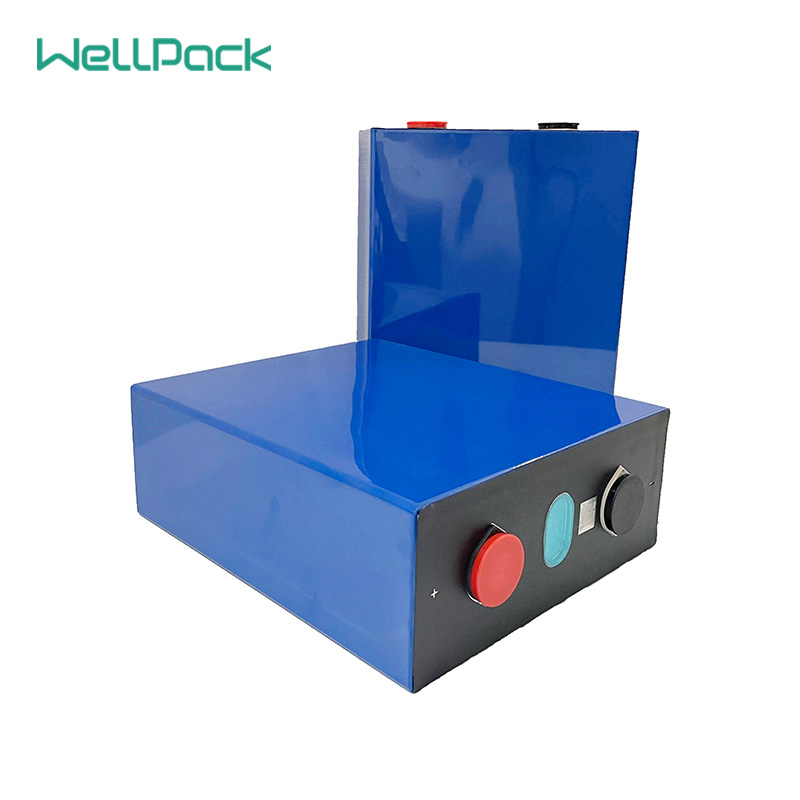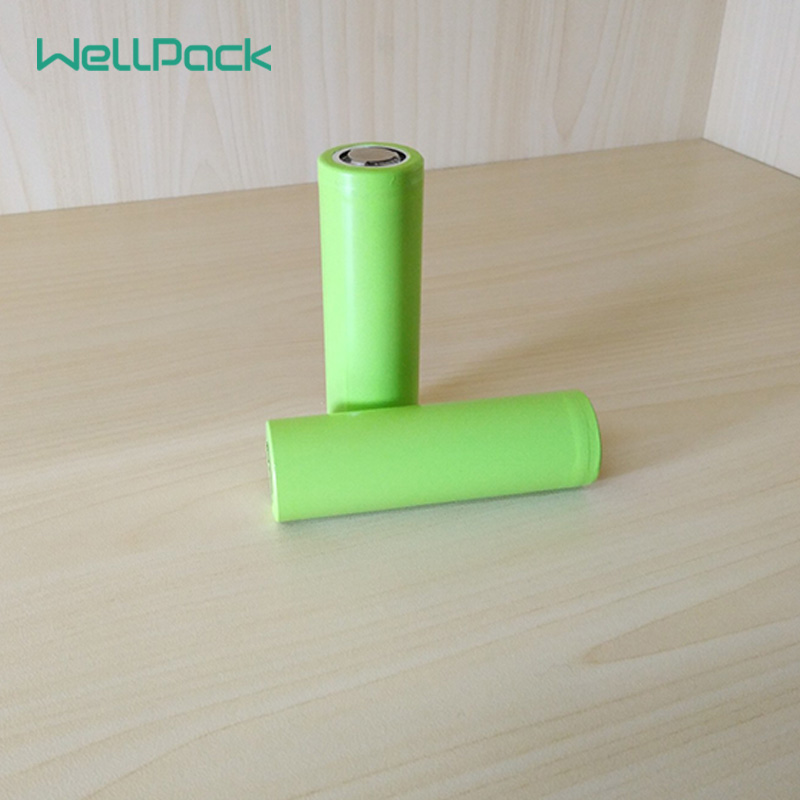At present, the cathode material is the core material of the lithium battery and is the key factor determining the performance of the battery. It has a direct impact on the final energy density, voltage, service life and safety of the product, and is also the most expensive part of lithium batteries. For this reason, lithium batteries are often named after positive electrode materials, such as lithium iron phosphate batteries, which are lithium batteries that use lithium iron phosphate materials as the positive electrode.
The difference between different cathode materials is obvious, and the application fields are also different. Common cathode materials can be divided into lithium cobalt oxide (LCO), lithium manganate (LMO), lithium iron phosphate (LFP) and ternary material (NCM).
Lithium cobalt oxide is the earliest commercialized cathode material, and its energy density is higher than that of rechargeable batteries such as nickel-metal hydride and lead-acid. The development potential of lithium batteries was first demonstrated, but they are very expensive and have low cycle life, and are only suitable for 3C electronic products. Although lithium manganatehas low cost, its energy density is not good. It was used in the early slow-speed electric vehicles, such as battery cars, to a certain extent. Today, it is mainly used in power tools and energy storage fields, and is rarely seen in power batteries.
The core advantage of ternary materials lies in their high energy density. With the same volume and same quality, the endurance time is much ahead of other technical routes. But its drawbacks are also very obvious: poor safety, the fire point is relatively low under impact and in a high temperature environment. In safety tests such as pinprick and overcharge, high-capacity power ternary batteries is very hard to pass the test. It is the defect of safety performance that has always limited the large-scale assembly and integration application of ternary material technical route.
Lithium iron phosphate is just the opposite of ternary materials, and its safety is very good. Its crystal structure is a unique olivine type, and the space skeleton structure is not easily deformed, so that it can remain stable in a high temperature environment. The ternary material will begin to decompose and release oxygen at about 150 ℃~ 250 ℃, causing the electrolyte to burn. In contrast, the decomposition temperature of lithium iron phosphate is around 600 ℃, and the safety advantage is very obvious.
Based on the above advantages, lithium iron phosphate can pass many safety tests that ternary batteries cannot pass; on the other hand, the service life of lithium iron phosphate batteries also have huge advantage, and its cycle times far exceed other technical routes, which is suitable for electric vehicles. Two key demands of consumers: safety and durability.

